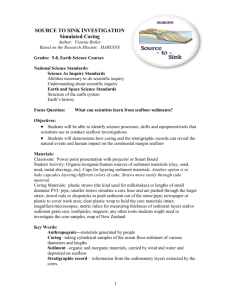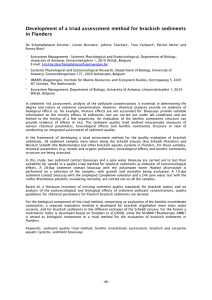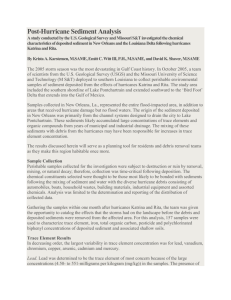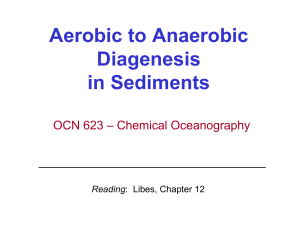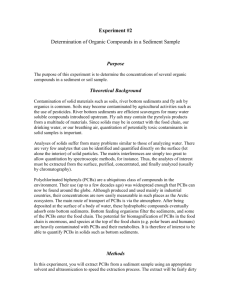In the past year we have been asked to design a
advertisement
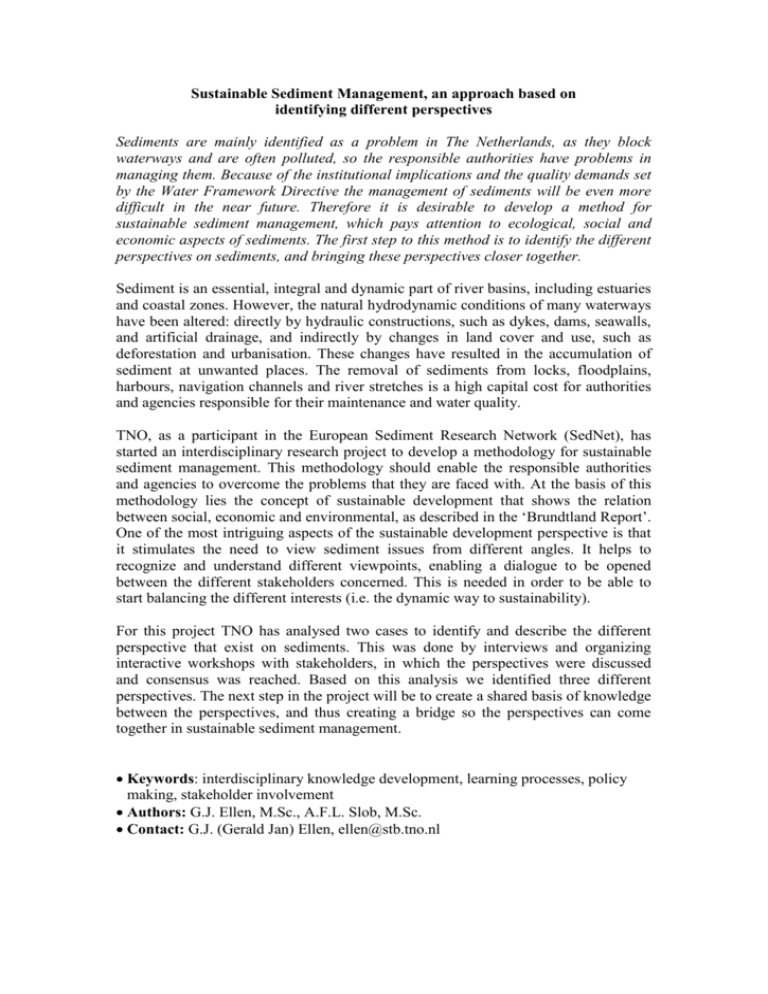
Sustainable Sediment Management, an approach based on identifying different perspectives Sediments are mainly identified as a problem in The Netherlands, as they block waterways and are often polluted, so the responsible authorities have problems in managing them. Because of the institutional implications and the quality demands set by the Water Framework Directive the management of sediments will be even more difficult in the near future. Therefore it is desirable to develop a method for sustainable sediment management, which pays attention to ecological, social and economic aspects of sediments. The first step to this method is to identify the different perspectives on sediments, and bringing these perspectives closer together. Sediment is an essential, integral and dynamic part of river basins, including estuaries and coastal zones. However, the natural hydrodynamic conditions of many waterways have been altered: directly by hydraulic constructions, such as dykes, dams, seawalls, and artificial drainage, and indirectly by changes in land cover and use, such as deforestation and urbanisation. These changes have resulted in the accumulation of sediment at unwanted places. The removal of sediments from locks, floodplains, harbours, navigation channels and river stretches is a high capital cost for authorities and agencies responsible for their maintenance and water quality. TNO, as a participant in the European Sediment Research Network (SedNet), has started an interdisciplinary research project to develop a methodology for sustainable sediment management. This methodology should enable the responsible authorities and agencies to overcome the problems that they are faced with. At the basis of this methodology lies the concept of sustainable development that shows the relation between social, economic and environmental, as described in the ‘Brundtland Report’. One of the most intriguing aspects of the sustainable development perspective is that it stimulates the need to view sediment issues from different angles. It helps to recognize and understand different viewpoints, enabling a dialogue to be opened between the different stakeholders concerned. This is needed in order to be able to start balancing the different interests (i.e. the dynamic way to sustainability). For this project TNO has analysed two cases to identify and describe the different perspective that exist on sediments. This was done by interviews and organizing interactive workshops with stakeholders, in which the perspectives were discussed and consensus was reached. Based on this analysis we identified three different perspectives. The next step in the project will be to create a shared basis of knowledge between the perspectives, and thus creating a bridge so the perspectives can come together in sustainable sediment management. Keywords: interdisciplinary knowledge development, learning processes, policy making, stakeholder involvement Authors: G.J. Ellen, M.Sc., A.F.L. Slob, M.Sc. Contact: G.J. (Gerald Jan) Ellen, ellen@stb.tno.nl







